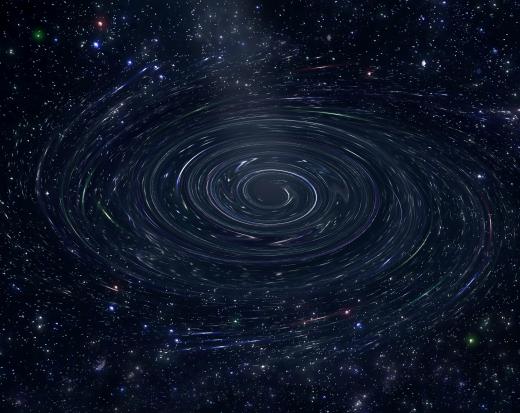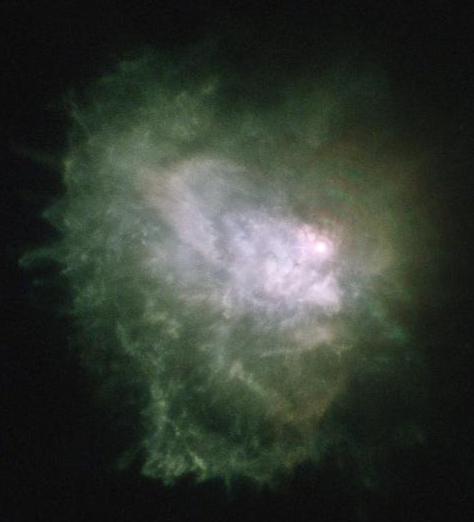What is a Supergiant Star?
 Michael Anissimov
Michael Anissimov
Supergiants are stars with between 10 and 70 solar masses. They are among the most massive stars known, located at the top of the Hertzsprung-Russell diagram, which maps star luminosity against spectral type. Like most other star types, supergiants come in all colors: red supergiants, blue supergiants, yellow supergiants, etc. They live fast (10-50 million years) and die hard (forming a black hole or neutron star after a supernova).
Stars even more massive than supergiants, in the range of 70 to 120 solar masses, are called hypergiants. Stars much more massive than 120 solar masses cannot exist because they blow themselves apart with nuclear reactions before they can fully form. The more massive a star is, the more intense its solar wind is, and the more of its mass it loses. The short-lived and very massive Wolf-Rayet supergiant stars are the most intense cosmic geysers known, ejecting 10-3% of their mass into the interstellar medium each year at speeds of up to 2000 km/s.

Because they last only 10-50 million years, supergiants tend to be found in relatively young cosmic structures such as open clusters, the arms of spiral galaxies, and in irregular galaxies. They are rarely found in elliptical galaxies which primarily contain old stars. Our Sun, much less massive than a supergiant, is expected to have a total lifespan of about 9 billion years before it transforms into a red giant, which is less massive than a supergiant but still very large in diameter.

Supergiants tend to have radii about 30 to 500 times larger than the Sun, but sometimes as huge as 1000 times larger and above, as in the case of VY Canis Majoris and VV Cephei. In all, giant stars are separated into the categories of giant, supergiant, and hypergiant. Each has distinct pathways of stellar evolution. The more massive a star is, the shorter it lives, and the more likely it is to ultimately collapse into a black hole.
AS FEATURED ON:
AS FEATURED ON:













Discussion Comments
Stars have a life cycle, just like us humans do. When we get older, we get weaker and feeble. Stars start cooling down and when they die, they can either explode into a supernova, or just dim down to a white dwarf.
@anon31397-- We just learned about this in class. Helium gas is at the core of a supergiant.
The core used to be made up of hydrogen, but as it became a supergiant, it used up all the hydrogen like @alisha said. So now, the core is only made up of helium.
Outside of the helium core is a shell where hydrogen is fused into helium. Outside of this shell is an envelope of hydrogen which is the outermost layer. This layer keeps expanding and cooling (what makes a red supergiant red).
So in order from core to outermost layer, a supergiant star is composed of helium, hydrogen + helium and finally hydrogen. I hope that made sense.
@feruze-- Yep, every star, including the sun, will eventually become a supergiant.
The reason that this happens is because the star is continuously using hydrogen which is at the core. As the hydrogen runs out, new layers of burning gas are formed, expanding the star into a supergiant.
I think of a star as an equilibrium of energy. It's constantly changing, using and creating energy. So it's impossible for a star to remain the same. It's growth into a giant, a supergiant and finally a hypergiant is inevitable.
Oh wow, I didn't know that the Sun will transform into a red giant in the future. Will it eventually transform into a supergiant star too?
Why do stars keep getting bigger like that and become giants and supergiants? Can't they just remain the same?
i don't think it would turn into a supermassive black hole and never reach us in our lifetime!
@anon31397
At the core of a supergiant is... who knows? It seems that at the core of our sun there is an extremity of gaseous nuclear fusion. This is probably the case with a supergiant also, although it would be at an even more extreme level. The degree to which the spacetime and gravity field is pulling inward at that point would be incredibly strong, beyond what we could comprehend. This is part of what contributes to the formation of a large black hole when the star collapses.
What is at the core of a super giant?
Post your comments